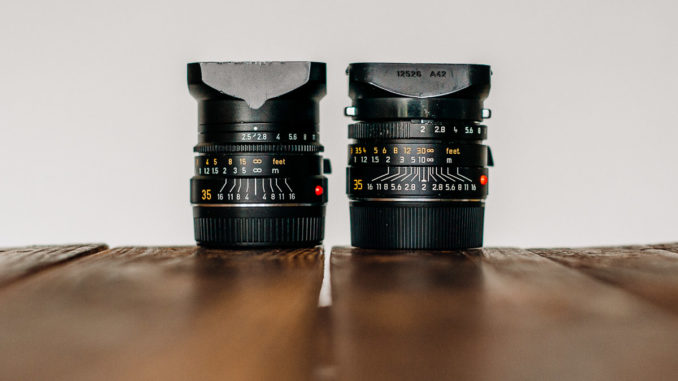
The Leica 35mm Summicron ASPH vs the Summarit 2.5. Which did I keep?
By Andy Zofka – His website is HERE
If you could only own one lens for your Leica M, most photographers would say it should be a 35mm lens (or 50mm ;-)). I have been through a few different 35mm M mount lenses, namely the Summicron v4, the Voigtlander Nokton 1.2, the Summarit 2.5 and the Summicron ASPH. As I have been using the last two simultaneously for a while, I thought I would write a short comparison of Leica’s most popular and one of their cheapest lenses, to see which one would come out on top.
The 35mm is the lens I’m most familiar with, as the majority of my work over the past 2 years was shot with this focal length. Whilst I did recently switch to a 28mm as my main lens for commercial work, the 35mm still remains my go to for most of my personal work.
Disclaimer – all of the photos in this review were edited to my liking but with no sharpening or clarity applied.
Build quality and handling
Both lenses are beautifully built. Solid and reassuringly hefty, despite their small size. They protrude from the camera by almost the same distance and balance on the camera perfectly. The Summarit narrows down towards the front of the lens, while the Summicron has consistently the same diameter. Both lenses have a 39mm filter size.
The Summicron has a somewhat cheap-feeling rectangular plastic hood, which clips on to the lens. The Summarit has a very similar hood, but it’s made of metal and it screws on to the lens. The hood feels and looks much better than on the Summicron, but it doesn’t come with the lens as standard, in fact it’s an additional £110, which is a lot of money for a lens hood, however you’re getting a quality item. As standard, the lens comes with a screw on metal ring to protect the thread and a metal cap.
Both lenses are pretty much the same size. Without the hoods, they are almost identical in length, although the Summarit has less volume as its diameter is smaller at the front. With the hoods attached, they are essentially the same size again. Below are a few photos showing the lenses side by side – as you can see, any differences in size are negligible.
When comparing my copies of these lenses I found the focusing ring on the Summicron to be slightly stiffer. It also has an ever so slightly longer throw and the focusing tab is noticeably bigger. I also found the aperture ring of the Summicron to be a bit looser, and as a result, easier to turn by accident.
When I first got the Summicron I didn’t like the way it handled. I preferred the smaller focusing tab and smoother (faster) focusing ring of the Summarit. However, after a few days I changed my mind. While the Summarit is still better for quickly changing focus from one extreme to the other, the Summicron makes precise focusing easier. I also got used to the slightly different handling and the only thing I would change now would be the aperture ring – it would be nice if it had more noticeable clicks.
Optical performance
Both lenses are very sharp even when wide open, as you would expect from Leica glass. Between f/4 and f/8 these lenses are as sharp as it gets. Edges and corner are somewhat less impressive at wide apertures but I’ve never found this to be an issue for my style of shooting.
Both lenses produce pleasing to the eye bokeh. Of course, the Summicron allows you to blur the background noticeably more due to its larger maximum aperture. Once stepped down, the bokeh appears to be very similar on both.
In the sample images below, the camera was approximately 0.8m from the subject and the subject was approximately 120cm from the brick wall.
The 1st seven images are from the 35 f/2 Summicron ASPH, starting at f/2 and stopped down
–
The Next Seven are from the 35 f/2.5 Summarit, wide open to stopped down
Chromatic aberrations are very similar in both lenses and by saying this, I mean they are pretty much non-existent.
It must be said that the Summicron can flare quite a lot without the hood. I personally often like using lens flares so it’s not an issue for me, and if I want to avoid the lens flare, the hood sorts it out in all but extreme cases. The Summarit is more flare resistant even without the hood, but when it flares, the results are not as nice as the Summicron flare.
The images below were taken without the hoods.
1st three images from the Summicron to show the flare without the hood
–
and now the Summarit without the hood
Neither of the lenses produces any visible distortion.
As a side note, to the best of my knowledge, the Summarit is actually 2.4 ASPH lens just like the newer model.
Verdict
So, which one did I decide to keep in the end? After a lot of thinking I kept the Summicron. I shoot weddings and I use this lens for most of my personal work, so that extra ½ stop of light does help sometimes. It handles great and plus a 35mm Cron in any version is a legendary lens. I bought mine relatively cheap, so the price difference between them wasn’t really a factor when making my choice. With all that being said, if you don’t need that slightly faster aperture, the Summarit will give you equally great results for less money 🙂
Below are a few shots of the Summicron on M240 in action.
Reference: Andy’s Wesbite
Reference: Leica 35 f/2.5 Summarit Review
Reference: The Leica 35 Summicron ASPH Review
Buy the 35 Sumicron: Amazon, B&H Photo, PopFlash, Ken Hansen
Buy the 35 Summarit: Amazon, B&H Photo, PopFlash, Ken Hansen

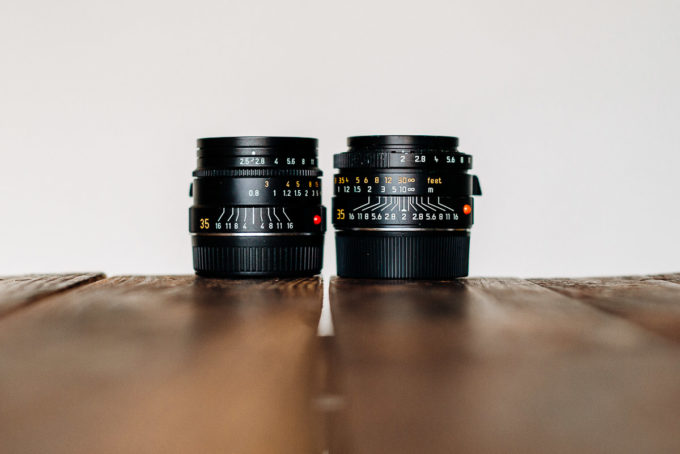
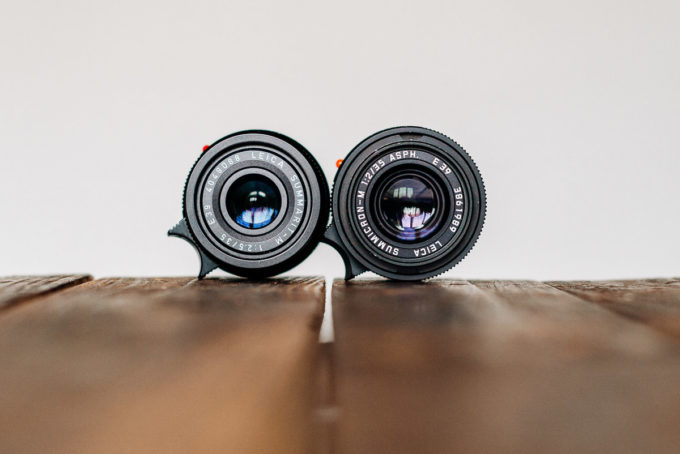
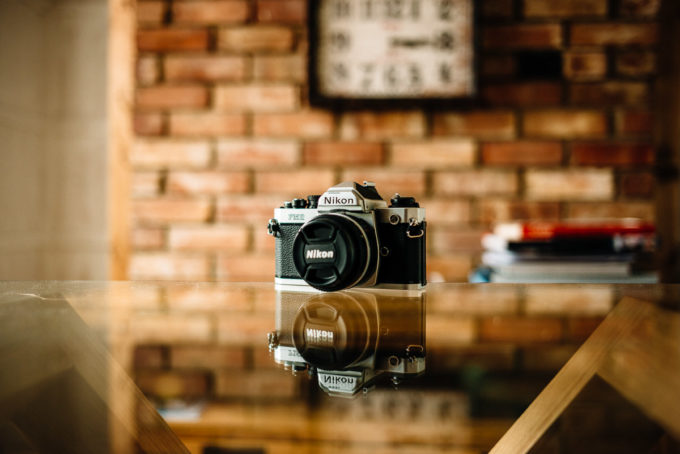

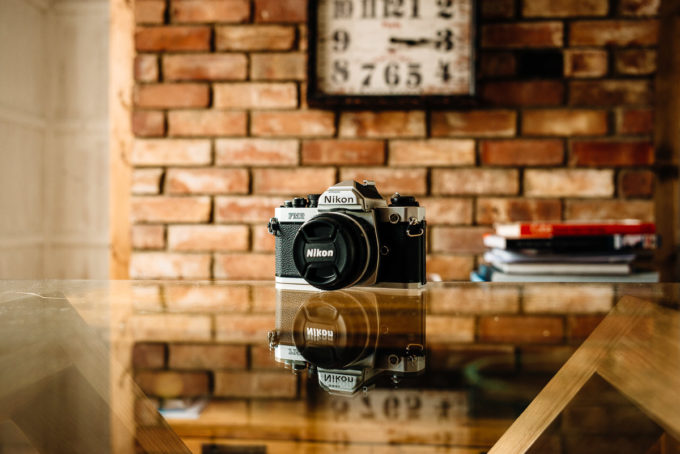
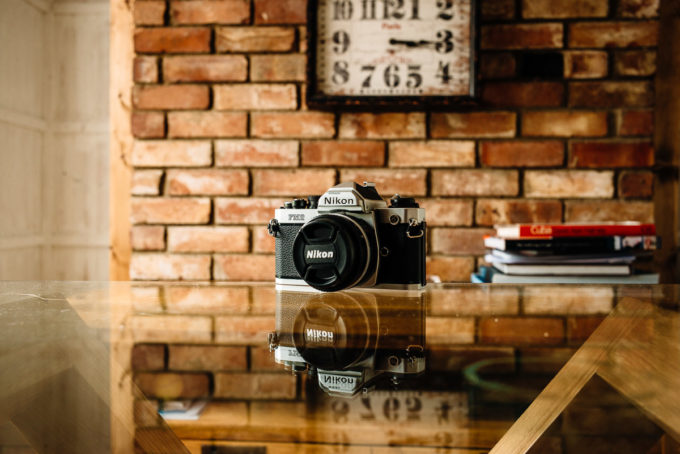
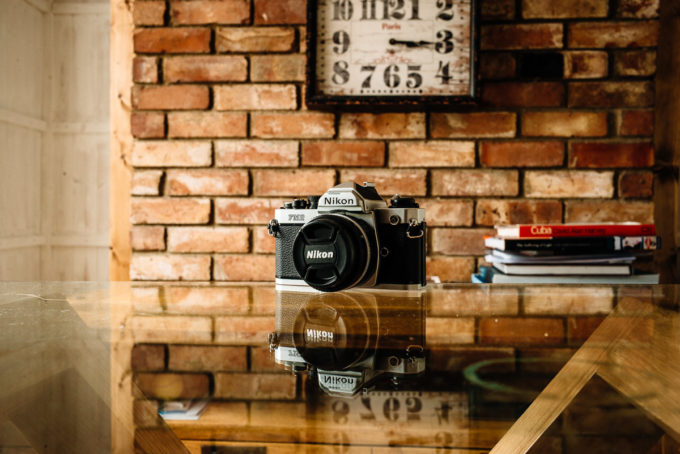
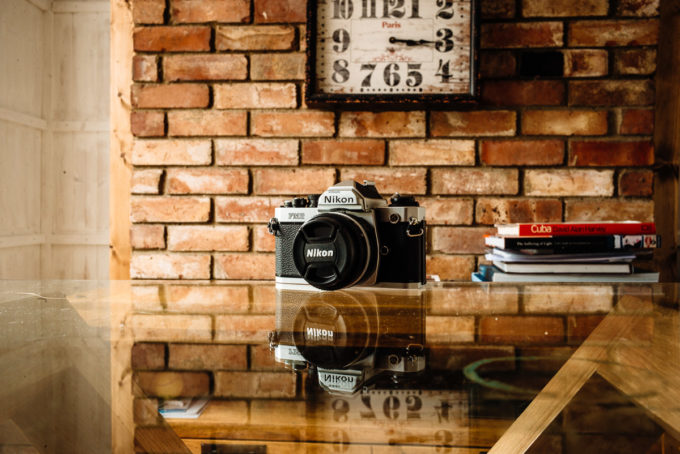
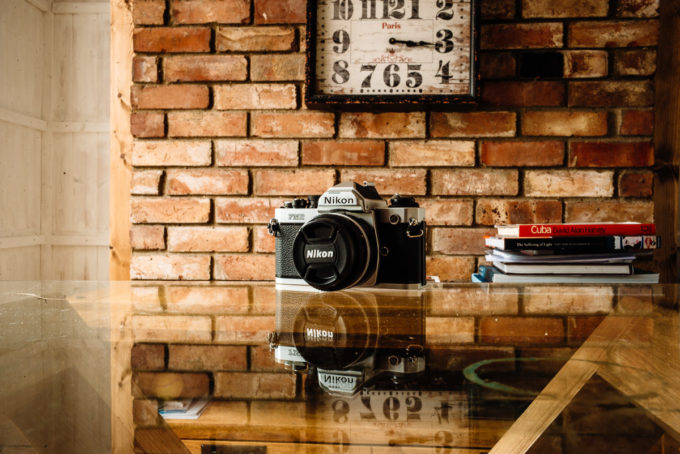
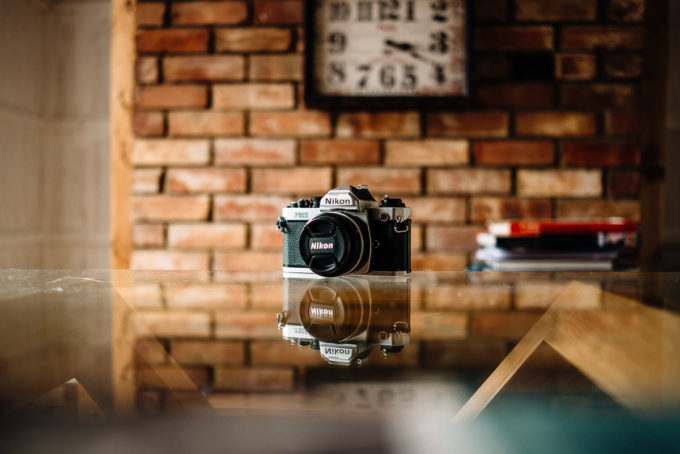
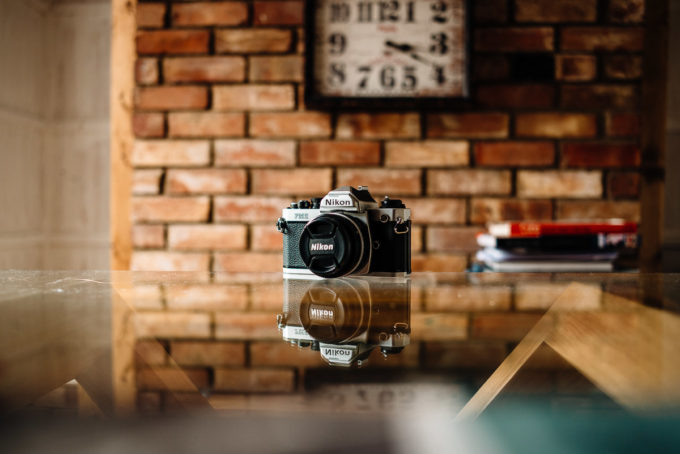
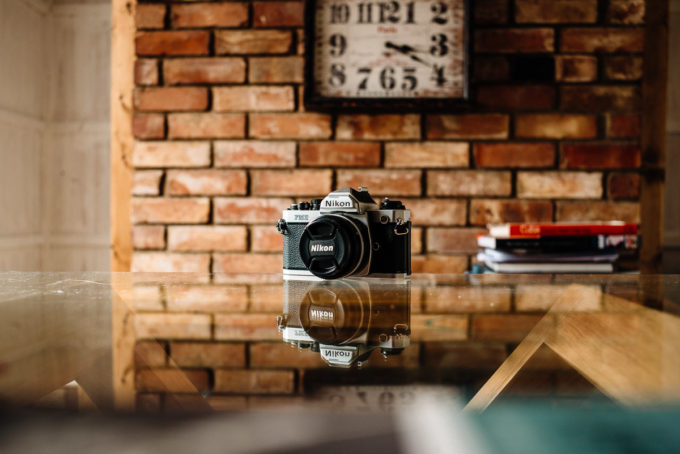
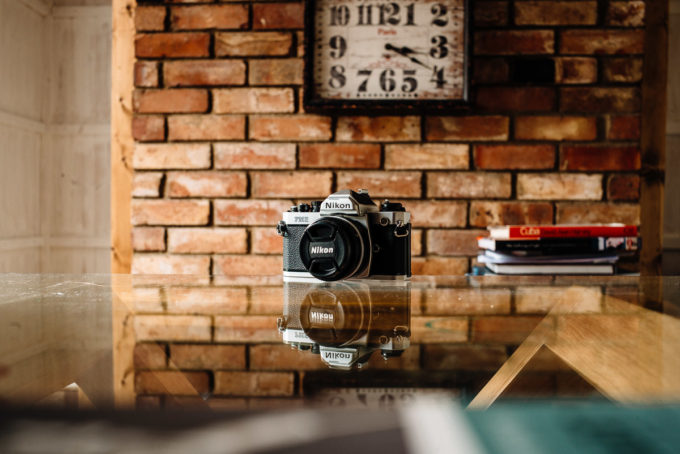


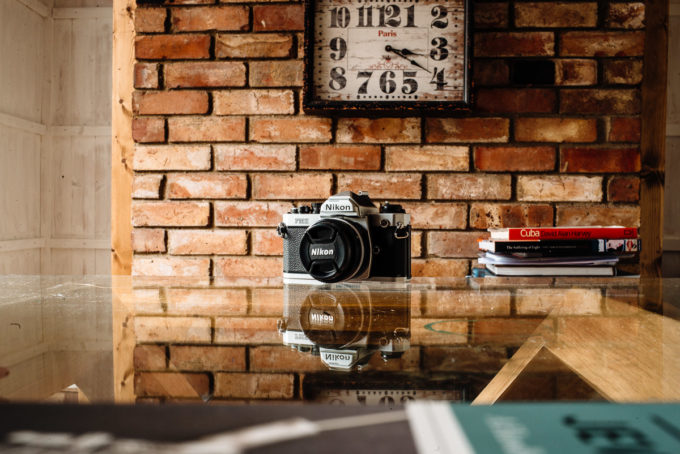

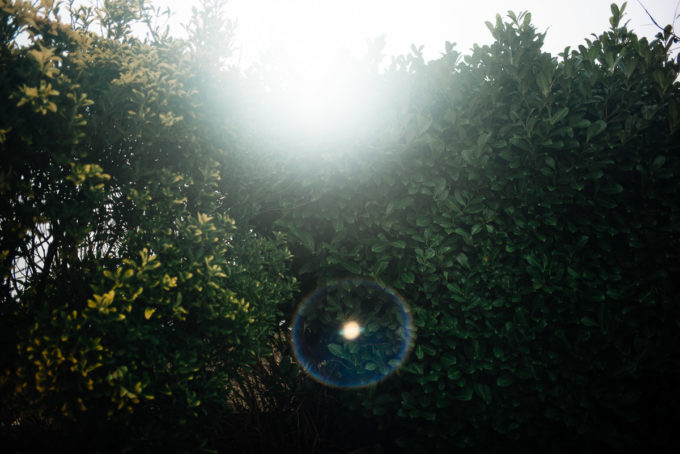











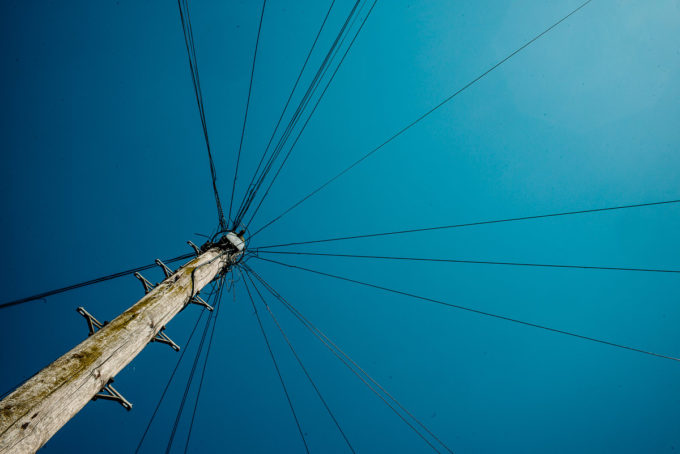


Andy’s website is a must “go see”.
Straight beautiful imagery, stunning color and perfect moments!
The sample images give a vague idea of differences.
It’s a problem of digital and internet.
I use a “goggle” 35mm Summaron which I prefer to the similar 35mm Summicron.
In use I found the slow lens a positive factor.
Summaron has less flare than my stolen Summicron..
Most Leica lenses are great,
Thank you Jason for your kind words 🙂
And yes, I totally agree – any lens reviews/comparisons on the Internet can only give you a general idea of how a particular lens performs. Especially more subtle (and more subjective) aspects like contrast or colour rendition are rather difficult to show.
Great to see there are any Summarit review. I end up with 50/2.5, it is suitable on every kind of shooting, those summilux and apo leave at home.
That’s exactly why I wrote it 🙂 When I was looking to buy the Summarit I found very little info about it, let alone any comparisons.
The newest version of the 35 Summarit, the f2.4 model, now has an aspherical lens element. That addition was done to advance the optical formula into the digital era. The current Summarit focus throw is a little less tight than the current generation 35 Summicron but I suspect Leica does this to distinguish between products and not for any mechanical reasons.
Nice shots!
Thanks!
I didn’t have a chance to try the new Summarit… probably will get it sooner or later 😉
To my knowlage the “old” Summarit 35mm 2.5 ist regarding to Putts also “2.4” if measured and also has the asph. but was never called that way because of marketing reasons not to hurt the Summicron sales to much.
the previous model of the Summarit is also aspherical per Erwin Putz.
I can certainly understand your decision to go with the Summicron. I used a v2 Summicron for 4 decades and loved the tiny size and results on film, but on digital I could see it didn’t keep up with my 50 Summicron. After trying several 35s I ended up with the 2.5 Summarit, which is my main lens on the M10, where I don’t find the 2.5 aperture a limitation. I also use the 50 2.5 Summarit now (instead of my 50 Summicrons or Summilux), as it has the same body and handling as the 35, so they make an easy handling pair when used to them. I do find precise focus on the 50 Summarit harder to hit (due to the fast throw), but it just takes a bit of care.
I have to say it was difficult to decide, which lens to keep. They are both great. If I get M10 (or M11;-) or maybe the new CM then I may be tempted to go back to the Summarit as I find myself using f2 only when I’m limited by the available light. When I’ve got choice I tend to shoot more and more with smaller apertures, so having a fast lens is becoming less of a priority.
There is now a new version of the Summicron aspher with a much nicer hood.
I know price is not always a consideration with Leica people….but there is something worth mentioning here. New Summicron = $3300, Summarit= $2000.
For $2300 you can buy a Zeiss 35mm 1.4ZM which is superior to both of these lenses AND the Lux. The ONLY downside to the Zeiss is the size….in every other way it is superior. It’s literally the best lens I have ever owned.
The 35 Zeiss is indeed a beauty. Probably their best ZM lens. http://www.stevehuffphoto.com/2015/05/22/the-zeiss-35-1-4-distagon-zm-leica-mount-lens-my-1st-look-wow/
True Steve. I have the 1.4/35mm Zeiss ZM and simply a fantastic piece of glass. With stellar micro contrast, gorgeous bokeh and bitingly sharp in all the right places.
It’s a good point. As I mentioned in the review, I bought my Summicron quite cheap so the difference in price was quite small for me but if you compare prices of new lenses or typical second-hand prices then yes, the difference in price is quite big.
I’m not keen on Zeiss 1.4 as it’s way too big for me to use on the M. I’ve been thinking about the f2 35mm Zeiss ZM though. I’ve got 50mm Planar and it’s so far my favourite 50mm lens so I think I would like the 35mm too. And it’s a fair bit cheaper than the Summicron 🙂
As I’ve gotten older my M-focus skills have declined. I realized that stopping down to f2.8 increased my accuracy from maybe 50% to 95%. I had the Zeiss 35 f1.4 and it is indeed a wonderful piece of glass and I highly recommend it IF you will truly use it wide open. I recently sold the 35 f1.4 and replaced it with the 35 f2. No regrets. The 35 f2 is also superb and stopped down slightly to f2.8 and the images are every bit as good as the 1.4 when stopped down (my opinion). Your pick. Either one you won’t go wrong.
Yes to how awesome the Zeiss is. No to that it’s better than the Lux. I tested both on my SL and kept the Zeiss because I got absolutely identical results for less than half the price. And on the SL the size doesn’t bother me at all.